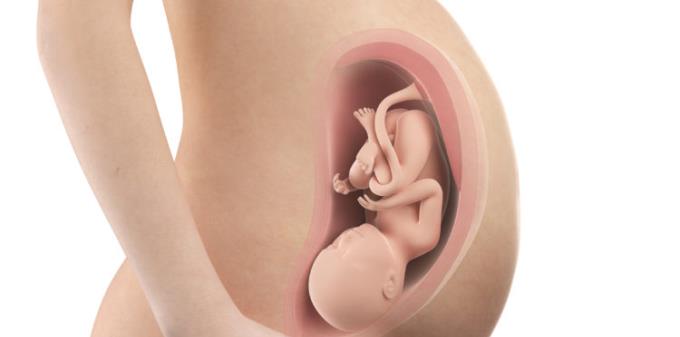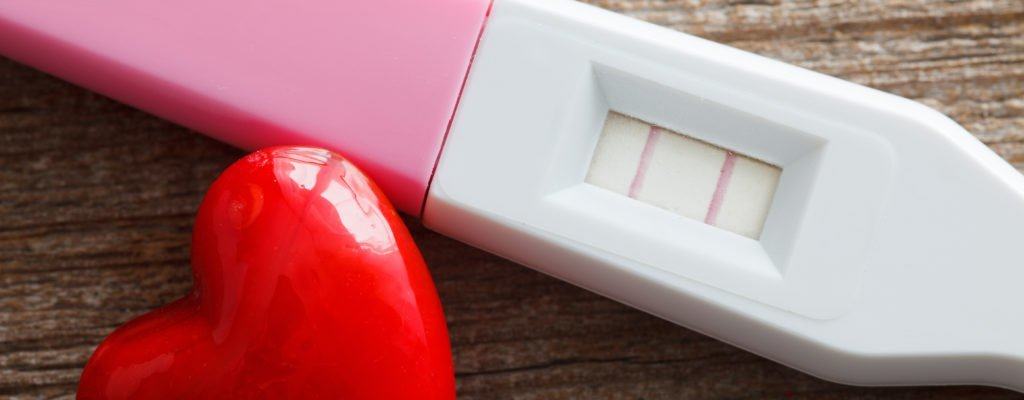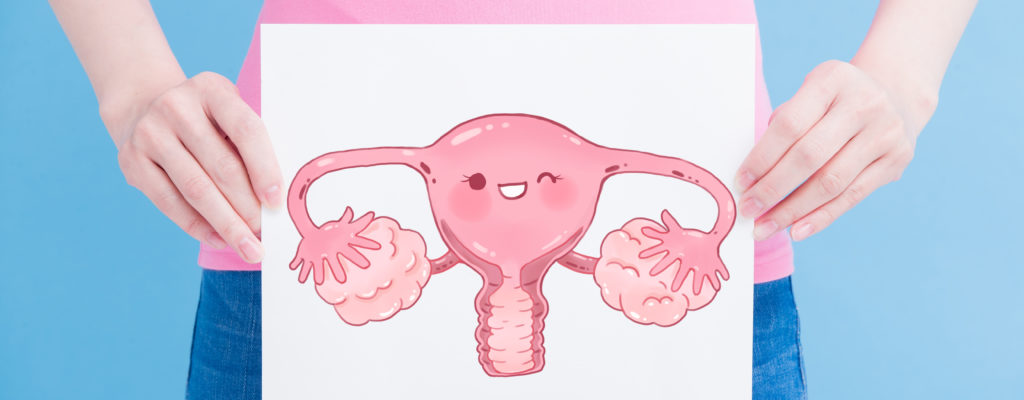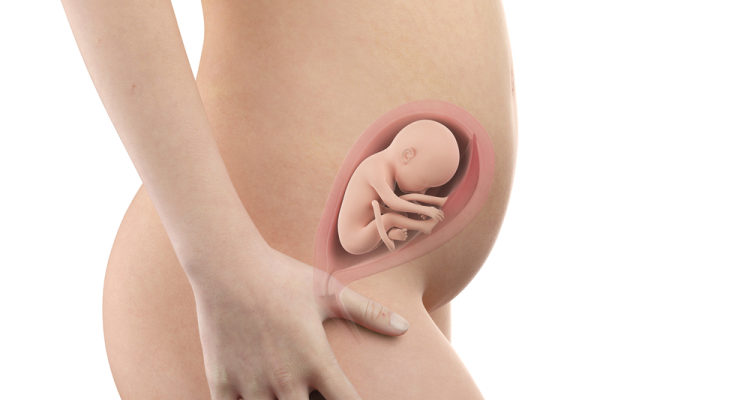Pregnancy brings significant transformations to a woman's body, with the uterus undergoing the most dramatic changes. From size expansion to structural adaptations, understanding these changes is crucial for expectant mothers. Explore the comprehensive guide below to learn about uterine changes during pregnancy.
What is the Uterus?
The uterus, also known as the womb, is a vital female reproductive organ shaped like an inverted pear. In its non-pregnant state, it measures approximately 4cm in length and 4-5cm in width. This organ serves as the primary site for fertilization, implantation, and fetal development throughout the 40-week pregnancy journey.
Anatomy and Position of the Uterus
| Component |
Description |
| Location |
Positioned between the pelvis, behind the bladder, and in front of the rectum |
| Connection |
Linked to the vagina via the cervix |
Structural Components of the Uterus
1. Fundus
The upper, broad, and curved portion of the uterus, featuring lateral horns where the fallopian tubes connect.
2. Body
The main section composed of three muscle layers: longitudinal, sphincter, and cross muscles. The cross muscle layer facilitates uterine contractions, crucial for postpartum bleeding control.
3. Isthmus
The narrow transitional area connecting the uterus to the cervix.
4. Cervix
The lower segment connecting the uterus to the vagina, featuring a mucus layer that thins during ovulation to facilitate sperm passage.
Key Uterine Changes During Pregnancy

1. Corpus Luteum Development
Post-fertilization, the corpus luteum forms, releasing progesterone and supporting endometrial development.
2. Placental Formation
The placenta develops, producing essential hormones like estrogen and progesterone, which influence uterine size and position.
3. Vascular Expansion
Blood vessels in the uterine lining enlarge, enhancing nutrient delivery to the fetus.
4. Cervical Modifications
The cervix undergoes color and texture changes, forming a mucus plug to protect the fetus from external contaminants.
5. Lower Segment Development
As the fetus grows, the lower uterine segment thins, aiding cervical expansion during labor.
6. Ligament Adaptations
Uterine ligaments stretch to accommodate growth, potentially causing discomfort or pain, especially during coughing or sneezing.
Featured Snippet: Common Uterine Changes During Pregnancy
- Corpus luteum formation and progesterone release
- Placental development and hormone production
- Expansion of blood vessels for enhanced nutrient delivery
- Cervical changes and mucus plug formation
- Lower uterine segment thinning
- Ligament stretching and potential discomfort
Understanding these changes helps expectant mothers navigate pregnancy with greater confidence. For any concerns, consult your healthcare provider promptly.













Mike Runner -
lol, biology is wild! who knew the uterus could stretch so much? respect to all pregnant women out there 💪
Mark Med -
As a medical student, i find these physiological changes absolutely fascinating. great educational resource
David Wellness -
Important conversation about reproductive health. more awareness means better support for pregnant individuals
Lisa Research -
Fascinating biological adaptation process. the human body's ability to support new life is truly extraordinary.
Jake Runner -
lol who else is amazed by how much the body can change? respect to all pregnant humans out there! 💪
Emily Wellness -
Important topic that doesn't get discussed enough. women's reproductive health should be more openly talked about in society
Anna Support -
Such an important topic that helps reduce anxiety for first-time moms. understanding your body makes the journey less scary
Tom Science -
Incredible how much the body changes to support new life. biology is mind-blowing! 🧬
Rachel Mom3 -
After experiencing two pregnancies, i can confirm everything in this article is spot on! the body goes through incredible changes that are both amazing and challenging.
Jake Science -
Fascinating biological process! the uterus is basically a superhero organ that can expand multiple times its original size. nature is incredible 🧬
Emma Nurse -
As a healthcare professional, i always recommend patients read informative articles like this. knowledge is power, especially in reproductive health!
Sophie Runner -
Shared this with my sister who's expecting. super helpful information that every pregnant woman should know!
Chris Baby -
Shared this with my pregnant wife. she found it super helpful and less intimidating! 👶
Emily Support -
Such a compassionate and informative article. helps reduce the mystery and fear around pregnancy changes
Alex IT -
random question - does stress impact uterine changes during pregnancy? anyone know? 🤔
Mike Biology -
Nerding out over these incredible biological mechanisms! the uterus is basically a biological transformer 🧬
Kate Biology -
Nerding out over reproductive science! the uterus is an incredible organ with amazing capabilities 🔬
Tom Health -
Great article breaking down complex medical information into understandable language. Kudos to the author for making reproductive health so accessible!
Kate Wellness -
Loved how this article explains complex medical concepts in a super accessible way. more resources like this please
David Research -
Scientifically accurate breakdown of uterine transformations. appreciate the evidence-based approach in explaining these complex biological processes
Sarah Runner -
Shared this with my fitness group. understanding body changes is so important! 💪
Lisa Baby -
omg this explains so much about what i'm experiencing right now! feeling less scared knowing these changes are totally normal 💕
Lily Green -
Can someone explain more about how the uterus actually grows during pregnancy? I'm genuinely curious about the scientific details
Dr. Rachel 2024 -
Comprehensive overview that captures the complex physiological transformations during pregnancy. excellent resource for patient education.
Dr. Jake 2024 -
Scientifically accurate and compassionate explanation of uterine changes during pregnancy. excellent resource
John Science -
Incredible how the human body can adapt and create life. the uterus is basically a biological marvel! 🔬
Mark Fitness -
Body transformation goals! seriously, the uterus is like the ultimate shape-shifter during pregnancy 💪
Sarah Mom -
Been through this twice, and it never gets less amazing. the human body is incredible! 👶
Emily Med -
As a healthcare professional, i appreciate resources that demystify reproductive health for patients
Dr. Sarah 2024 -
As a medical professional, I highly recommend this comprehensive overview of uterine changes. Understanding these biological transformations is crucial for expectant mothers and their healthcare providers.
Chris Science -
Mind blown by the incredible adaptability of the human body! pregnancy is a biological marvel 🌟
Emma Science -
Wow, the uterus is basically a biological superhero during pregnancy! nature is incredible 🌟
Sophia Med -
Detailed yet accessible explanation of uterine changes. perfect balance of scientific accuracy and readability
Emma Johnson -
wow, this article is so informative! i never knew how much the uterus changes during pregnancy. totally learned something new today 🤰
Tom Health2 -
Quick question - are these changes the same for every pregnancy? seems like bodies might react differently 🤷♂️
Mike Wellness -
Comprehensive yet accessible explanation of a complex biological process. great job breaking it down
Rachel Support -
Reducing fear and increasing understanding - that's what great health articles do. thank you! 💕
Chris Med -
Detailed explanation of physiological changes. the human body's adaptability during pregnancy is truly remarkable from a medical perspective
Anna Health -
Reducing stigma and increasing understanding - that's what articles like this do. keep spreading knowledge! 💕
John Support -
Such an important topic that helps expectant parents feel more prepared and less anxious